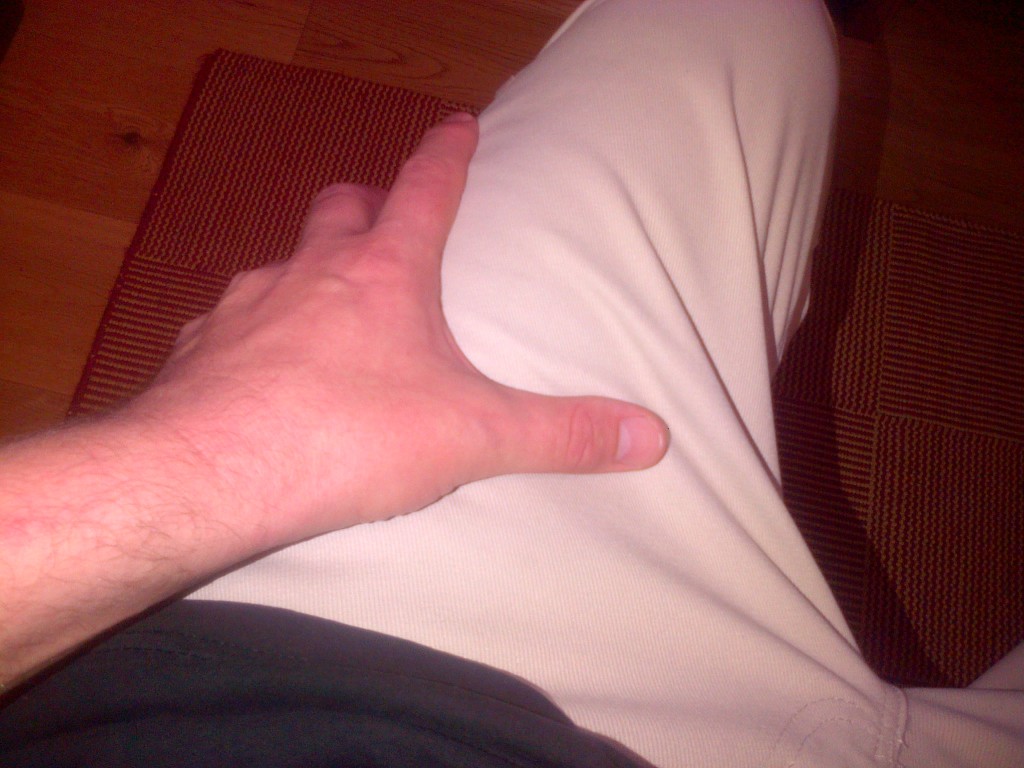Treatment for peripheral neuropathy may include treating any underlying cause or any symptoms you’re experiencing.
Treatment may be more successful for certain underlying causes. For example, ensuring diabetes is well controlled may help improve neuropathy or at least stop it getting worse.
Treating the underlying cause
There are many different possible causes of peripheral neuropathy, some of which can be treated in different ways. For example:
diabetes can sometimes be controlled by lifestyle changes, such as stopping smoking, cutting down on alcohol, maintaining a healthy weight and exercising regularly
vitamin B12 deficiency can be treated with B12 injections or tablets
peripheral neuropathy caused by a medication you’re taking may improve if the medication is stopped
Some less common types of peripheral neuropathy may be treated with medication, such as:
corticosteroids – powerful anti-inflammatory medication
immunosuppressants – medications that reduce the activity of the immune system
injections of immunoglobulin – mixture of blood proteins called antibodies made by the immune system
However, the underlying cause may not always be treatable.
Relieving nerve pain
You may also require medication to treat any nerve pain (neuropathic pain) you’re experiencing.
Unlike most other types of pain, neuropathic pain doesn’t usually get better with common painkillers, such as paracetamoland ibuprofen and other medications are often used.
These should usually be started at the minimum dose, with the dose gradually increased until you notice an effect, because the ideal dose for each person is unpredictable. Higher doses may be better at managing the pain, but are also more likely to cause side effects.
The most common side effects are tiredness, dizziness or feeling “drunk”. If you get these, it may be necessary to reduce your dose. Don’t drive or operate machinery if you experience drowsiness or blurred vision. You also may become more sensitive to the effects of alcohol.
The side effects should improve after a week or two as your body gets used to the medication. However, if your side effects continue, tell your GP as it may be possible to change to a different medication that suits you better.
Even if the first medication tried doesn’t help, others may.
Many of these medications may also be used for treating other conditions, such as depression, epilepsy, anxiety or headaches. If you’re given an antidepressant, this may treat pain even if you’re not depressed. This doesn’t mean your doctor suspects you’re depressed.
The main medications recommended for neuropathic pain include:
amitriptyline – also used for treatment of headaches and depression
duloxetine – also used for treatment of bladder problems and depression
pregabalin and gabapentin – also used to treat epilepsy, headaches or anxiety
There are also some additional medications that can be used to relieve pain in a specific area of the body or to relieve particularly severe pain for short periods. These are described below.
Capsaicin cream
If your pain is confined to a particular area of your body and you can’t, or would prefer not to, take the medications above, you may benefit from using capsaicin cream.
Capsaicin is the substance that makes chilli peppers hot and is thought to work in neuropathic pain by stopping the nerves sending pain messages to the brain.
A pea-sized amount of capsaicin cream is rubbed on the painful area of skin three or four times a day.
Side effects of capsaicin cream can include skin irritation and a burning sensation in the treated area when you first start treatment.
Don’t use capsaicin cream on broken or inflamed skin and always wash your hands after applying it.
Tramadol
Tramadol is a powerful painkiller related to morphine that can be used to treat neuropathic pain that doesn’t respond to other treatments your GP can prescribe.
Like all opioids, tramadol can be addictive if it’s taken for a long time. It will usually only be prescribed for a short time. Tramadol can be useful to take at times when your pain is worse.
Common side effects of tramadol include:
feeling sick or vomiting
dizziness
constipation
Treating other symptoms
In addition to treating pain, you may also require treatment to help you manage other symptoms you’re experiencing as a result of peripheral neuropathy.
For example, if you have muscle weakness, you may need physiotherapy to learn exercises to improve your muscle strength. You may also need to wear splints to support weak ankles or use walking aids to help you get around.
Other problems associated with peripheral neuropathy may be treatable with medication, such as:
constipation
the slow movement of food through your stomach (gastroparesis)
In some cases, you may need more invasive treatment, such as botulinum toxin injections for hyperhidrosis or urinary catheterisationif you have problems emptying your bladder.
Alternative and complementary treatments
As peripheral neuropathy can be a very painful and troublesome condition that may only partly be relieved by medication, some people may be tempted to try other treatments, such as:
herbal medicine
benfotiamine (a form of vitamin B1) supplements
alpha-lipoic acid (an antioxidant) supplements
However, while some people may find these helpful, the evidence for them isn’t always clear. It’s advisable to speak to your doctor before trying these treatments in case they could interfere with your ongoing treatment.
